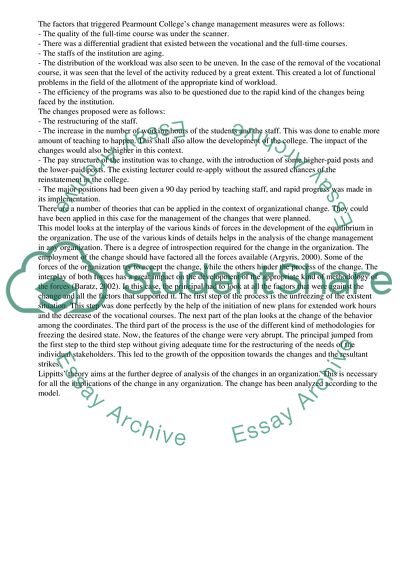Cite this document
(The Lewin's Theory and Different Kinds of Management Models Case Study, n.d.)
The Lewin's Theory and Different Kinds of Management Models Case Study. Retrieved from https://studentshare.org/management/1398474-organisation-psychology
The Lewin's Theory and Different Kinds of Management Models Case Study. Retrieved from https://studentshare.org/management/1398474-organisation-psychology
(The Lewin'S Theory and Different Kinds of Management Models Case Study)
The Lewin'S Theory and Different Kinds of Management Models Case Study. https://studentshare.org/management/1398474-organisation-psychology.
The Lewin'S Theory and Different Kinds of Management Models Case Study. https://studentshare.org/management/1398474-organisation-psychology.
“The Lewin'S Theory and Different Kinds of Management Models Case Study”, n.d. https://studentshare.org/management/1398474-organisation-psychology.


